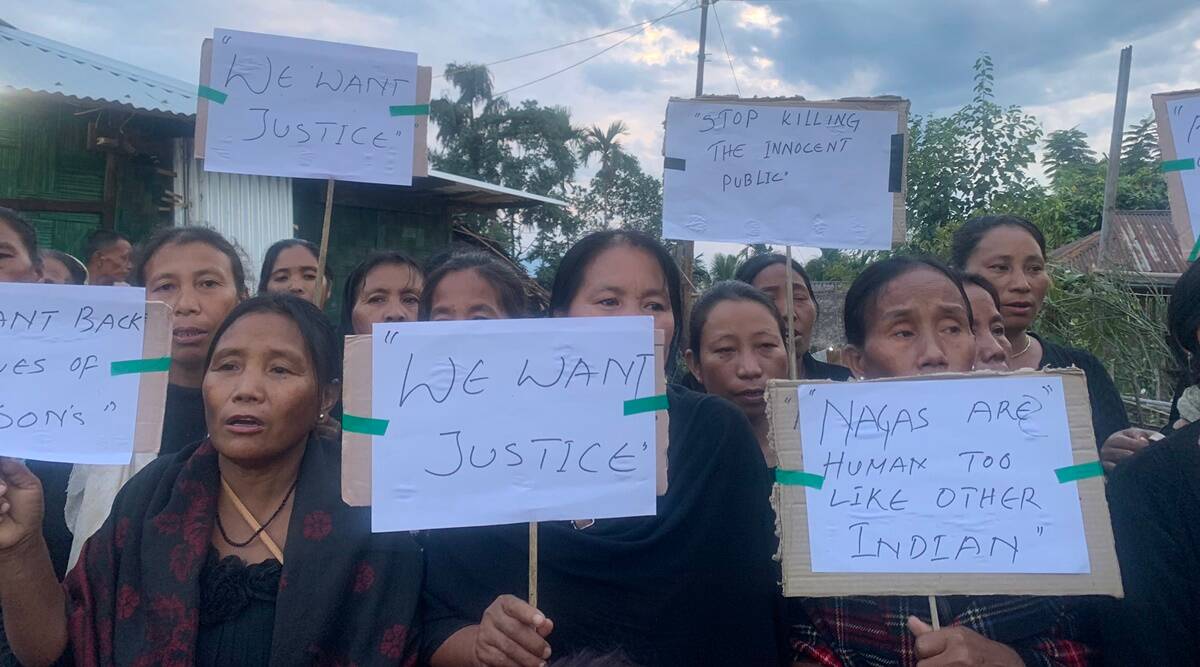The Partition of India in 1947 caused the extreme geo-politically isolation of the NE, making it emotionally, though not quite physically, South Asia’s third landlocked state along with Bhutan and Nepal. The loss of connectivity and market access all around set its economy back by at least a quarter century. The impact of this was not fully understood.
The coming of Independence also brought contrary pulls and pressures into play. There was an understandable national drive to integrate the hitherto loosely administered or constitutionally “excluded” frontier regions. Per contra, the extraordinarily diverse mosaic of tribal peoples who had lived undisturbed and aloof in their remote village republics sought to differentiate themselves in order to prevent their identity being submerged in the vast ocean of Indian humanity. This was part of the pains of transition towards a new nationhood rather than an inevitable clash between integrative and secessionist tendencies.
Three forces were at work. At one level, a few ethnic groups, a segment of Nagas to start with, sought independence from India with the departure of the Raj. At another level, several others sought separation from Assam, but within India, in view of their own linguistic and ethnic particularities. Finally, certain smaller groups have continued to seek autonomy within the several North-Eastern States in order to safeguard their interests and protect their distinctive way of life. The Founding Fathers wrote the Sixth Schedule into the Constitution to accommodate the North-East’s remarkable diversity. Assam has been “reorganised”. Nevertheless, the interplay of these forces is still at work. The North-East has seen the emergence of new States and a variety of autonomous and apex councils. Despite much criticism and seeming failures, this has been a most creative exercise of nation-building and state formation that has few parallels anywhere in the world. That much discontent is still manifest in multiple insurgencies, signifies the trauma of continuing transition rather than failure. There is no reason for despair.
While Assam has been broken down into smaller units, the geo-political reality of the North-East still eludes common understanding. This huge landmass, shaped something like an elephant’s ear, is attached to the Indian heartland by the narrow, 37-km wide Siliguri corridor. As against this, the North-East’s external boundary extends over 4500 km and is contiguous with five countries, Nepal, China, Bhutan, Myanmar and Bangladesh. No other State in India abuts so many other countries. Everything north and east of Siliguri must be defined as part of the North-East-Sikkim, the Darjeeling-Gorkha Hills Area and North Bengal included. This is ethnically Mongoloid India and culturally part of South-East Asia.
Equally, the entire North-East must be treated in all strategic respects as a single, unified entity, a federation within a federation. While the distinctive identities and concerns of the Seven Sisters plus Sikkim, the DGHA and North Bengal, and the autonomous sub-units within them, must be respected in every way, they cannot prosper without regional integration. This alone will ensure cohesion, overall development, coordination and economies of scale. This understanding too has to dawn fully on all concerned.
This calls for a total restructuring of the North-Eastern Council in both its planning and security dimensions with its locus in Shillong rather than in Delhi. It also calls for a new administrative ethos with the restoration of the former Indian Frontier Administrative Service in place of unwilling cadres of unhappy misfits. A different set of planning norms needs to be applied, relying on the peculiar circumstances and genius of the region. The effort must be to build on what is best in traditional community institutions that have been either thoughtlessly or too hastily set aside in the name of some mythical all-India norm or accounting practice.
It is obvious that the North-East cannot ignore its immediate neighbourhood, which is far more international than national. Trans-border trade with the countries beyond (including what is now Bangladesh) was the lifeblood of whole communities in Sikkim, the DGHA and the North-East generally. Partition, war, insurgency and diplomatic strains and tensions over long periods severed these ties. Fortunately, we now live in better times and relations with our neighbours have improved. However, the country’s diplomatic and trade policies in relation to the region and emerging opportunities therein remain wedded to past shibboleths. There is a continuing inwardness of approach. In my judgement, the path to closer national integration of the North-East lies in opening up the region to its external neighbourhood, including South-East Asia, China and especially Bangladesh.







 Meet R.N. Ravi, who is mediating peace with the Nagas
Meet R.N. Ravi, who is mediating peace with the Nagas The Top Viral YouTube Videos of 2017
The Top Viral YouTube Videos of 2017 The last Konyak headhunters of Nagaland
The last Konyak headhunters of Nagaland An orbiting message of peace
An orbiting message of peace










Leave a Reply
Your email address will not be published. Required fields are marked (required)